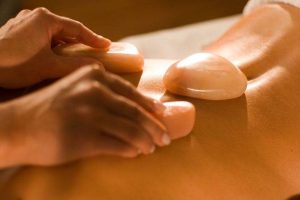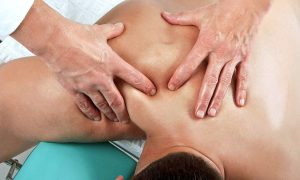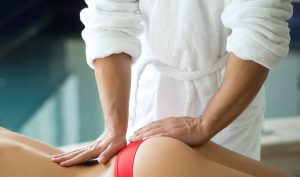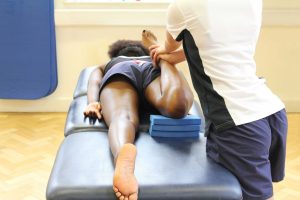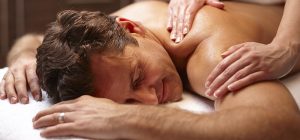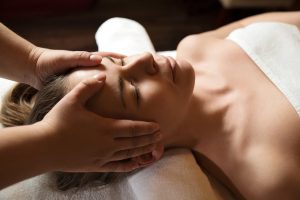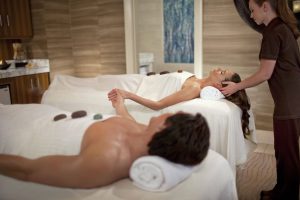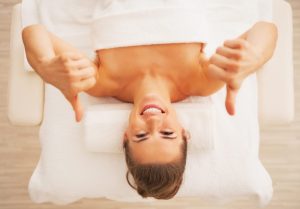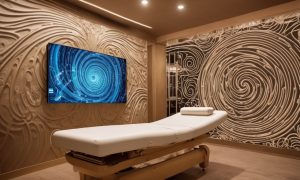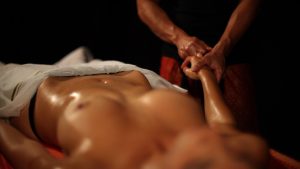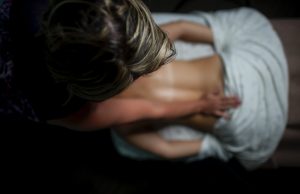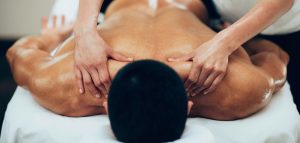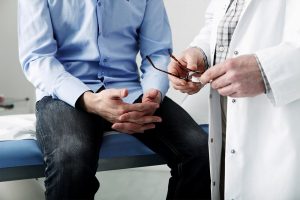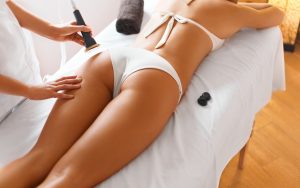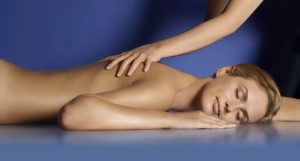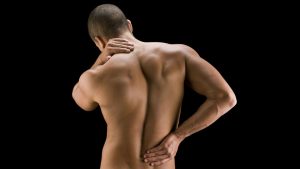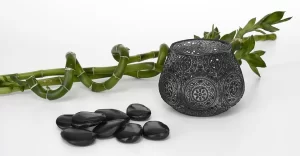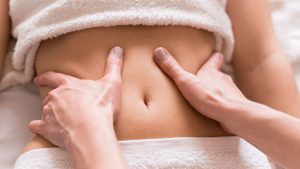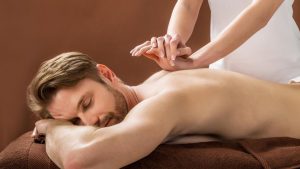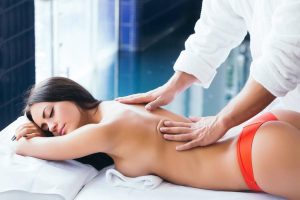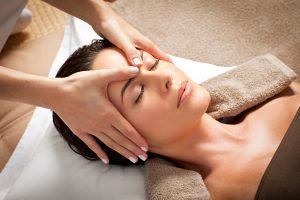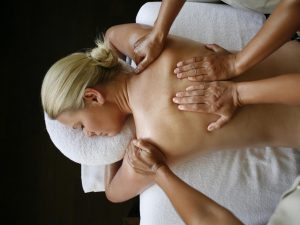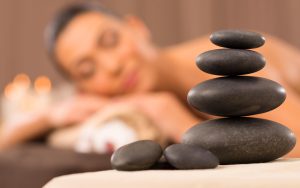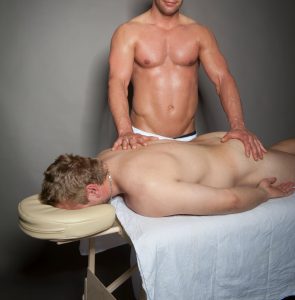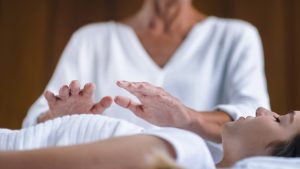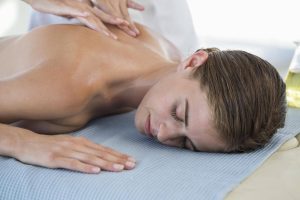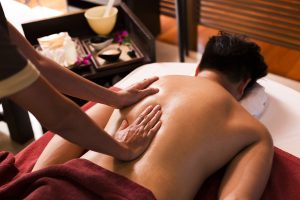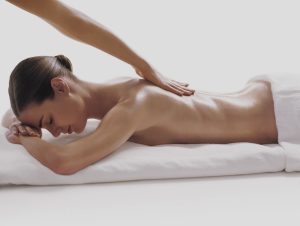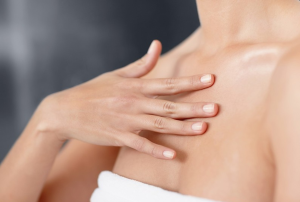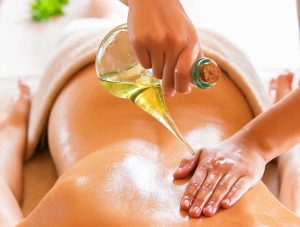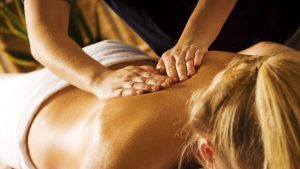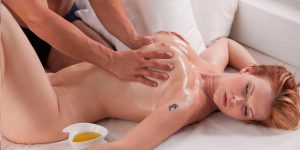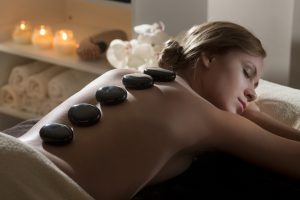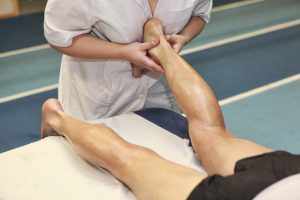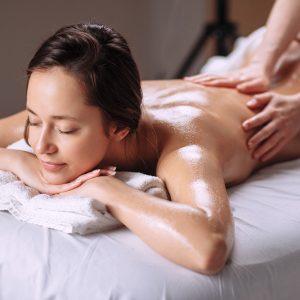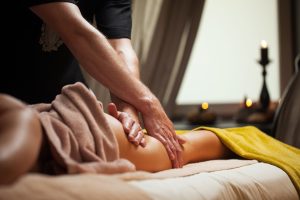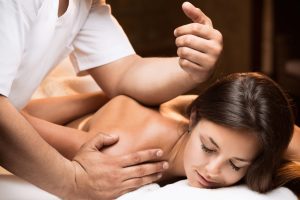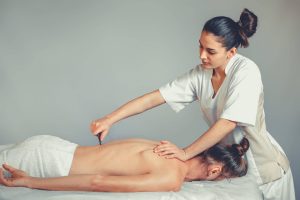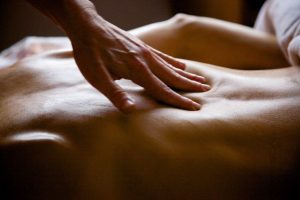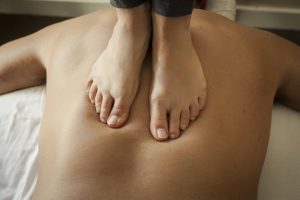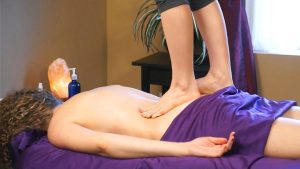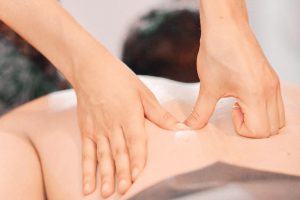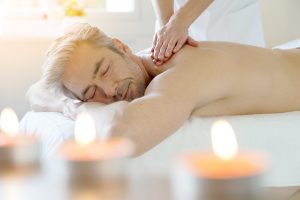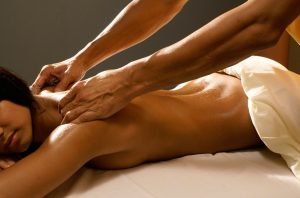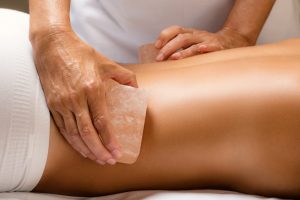In modern society, health and well-being issues take a central place, with many people paying attention to methods of maintaining body functions. One of the discussed aspects is the impact of prostate massage on the level of prostate-specific antigen (PSA) in the blood. This protein, produced by the prostate, is often used in diagnosing the condition of the prostate gland. In this article, we will explore various aspects of the issue: from scientific data to medical aspects and recommendations of specialists. It is important to clarify the validity of concerns and how prostate massage can affect the PSA level, aiming to provide readers with accurate and useful information.
Review of PSA measurement methods:
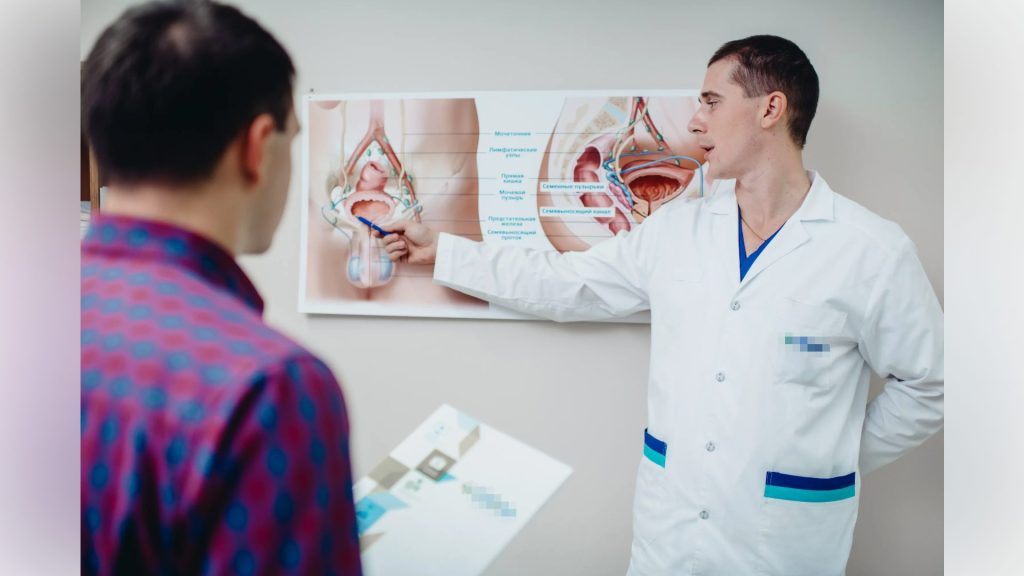

Measuring the level of PSA in the blood is a key tool for assessing prostate health. In this section, we will explore the primary methods of PSA measurement used in medical practice:
Blood from a vein:
- One of the most common methods involves drawing blood from a vein for laboratory analysis.
- The procedure is typically conducted in a medical facility.
Total and free PSA:
- Measuring total and free PSA helps differentiate various prostate conditions.
- This method provides more detailed information about the functioning of the prostate gland.
Dynamic monitoring:
- Monitoring PSA levels over time assists in identifying trends and changes.
- This is particularly useful for monitoring patients at high risk of prostate diseases.
Additional investigations:
- Some cases require additional investigations, such as a prostate biopsy, to confirm the diagnosis.
Medical aspects of prostate massage


Prostate massage, also known as prostatic massage, is a medical procedure aimed at improving prostate health and treating certain prostate conditions. This method is gaining recognition in medical practice, although its application is often associated with erotic aspects.
Prostate massage involves the use of specialized techniques, typically through direct manipulation of the prostate via the rectal wall. This type of massage is performed by medical professionals, such as urologists, or trained massage therapists. The procedure is often recommended by a doctor as part of a comprehensive treatment plan for prostatitis, prostate adenoma, or other male health issues.
Prostate massage is also practiced to enhance blood circulation in the prostate, alleviate congestion, and improve the drainage of the gland’s secretions. This procedure helps reduce inflammation and alleviate pain and discomfort associated with prostate conditions.
However, it is crucial to emphasize that prostate massage should only be performed under the guidance of a qualified specialist, and its application should align with medical recommendations. Self-administration of prostate massage is not recommended without consultation with a physician, as improper execution can lead to injuries and negative consequences.
In summary, prostate massage is a medical approach to improving prostate health, and its application should be assessed and regulated considering the individual needs and health status of each patient.
Recommendations for patients and consultation with a doctor:
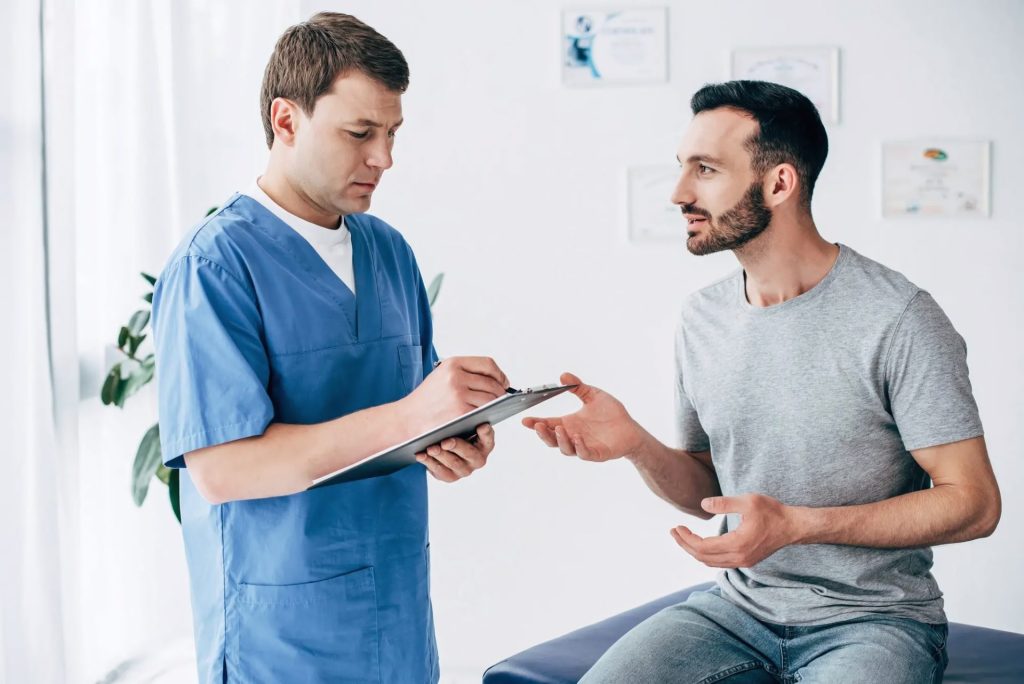

Consultation with a doctor:
- Before deciding on prostate massage, it is important for the patient to discuss this matter with a doctor.
- A medical professional will assess the medical necessity of the procedure and provide all necessary recommendations, taking into account the individual health characteristics of the patient.
Medical indications:
- Prostate massage is recommended by a doctor for the treatment of specific prostate conditions, such as prostatitis or prostate adenoma.
- The patient should understand the medical indications and goals of the procedure.
Informed consent:
- The patient should receive an adequate amount of information from the doctor about the procedure, its potential outcomes, risks, and benefits. Informed consent is an essential part of preparing for prostate massage.
Questions and Answers:
What symptoms might indicate the need for prostate massage?
Frequent urination, pain in the pelvic area, or other symptoms that suggest issues with the prostate.
Can prostate massage be used as a preventive procedure?
Yes, in some cases, a doctor may recommend prostate massage for the prevention of prostate diseases.
How often should prostate massage be performed?
The frequency may vary based on medical recommendations, but usually not more than once a week.
What is the prostate gland?
The prostate gland is a small gland located below the bladder in males. It is a part of the male reproductive system and plays a role in producing seminal fluid.
What is a prostate massage?
A prostate massage is a technique used to stimulate the prostate gland, often for medical purposes like relieving symptoms of prostatitis or to collect prostatic fluid for testing.
What is PSA (Prostate-Specific Antigen)?
How are PSA levels measured?
PSA levels are typically measured through a blood test known as the PSA test. Elevated levels may require further evaluation such as a biopsy.
What is prostate cancer?
Prostate cancer is a type of cancer that occurs in the prostate gland. It is one of the most common cancers in men.
What is a prostate biopsy?
What is prostatitis?
What is benign prostatic hyperplasia (BPH)?
Benign prostatic hyperplasia is a non-cancerous enlargement of the prostate gland, commonly seen in aging men, leading to urinary symptoms.
What is a digital rectal examination?
A digital rectal examination is a physical examination in which a healthcare provider inserts a gloved, lubricated finger into the rectum to feel the prostate gland for abnormalities.

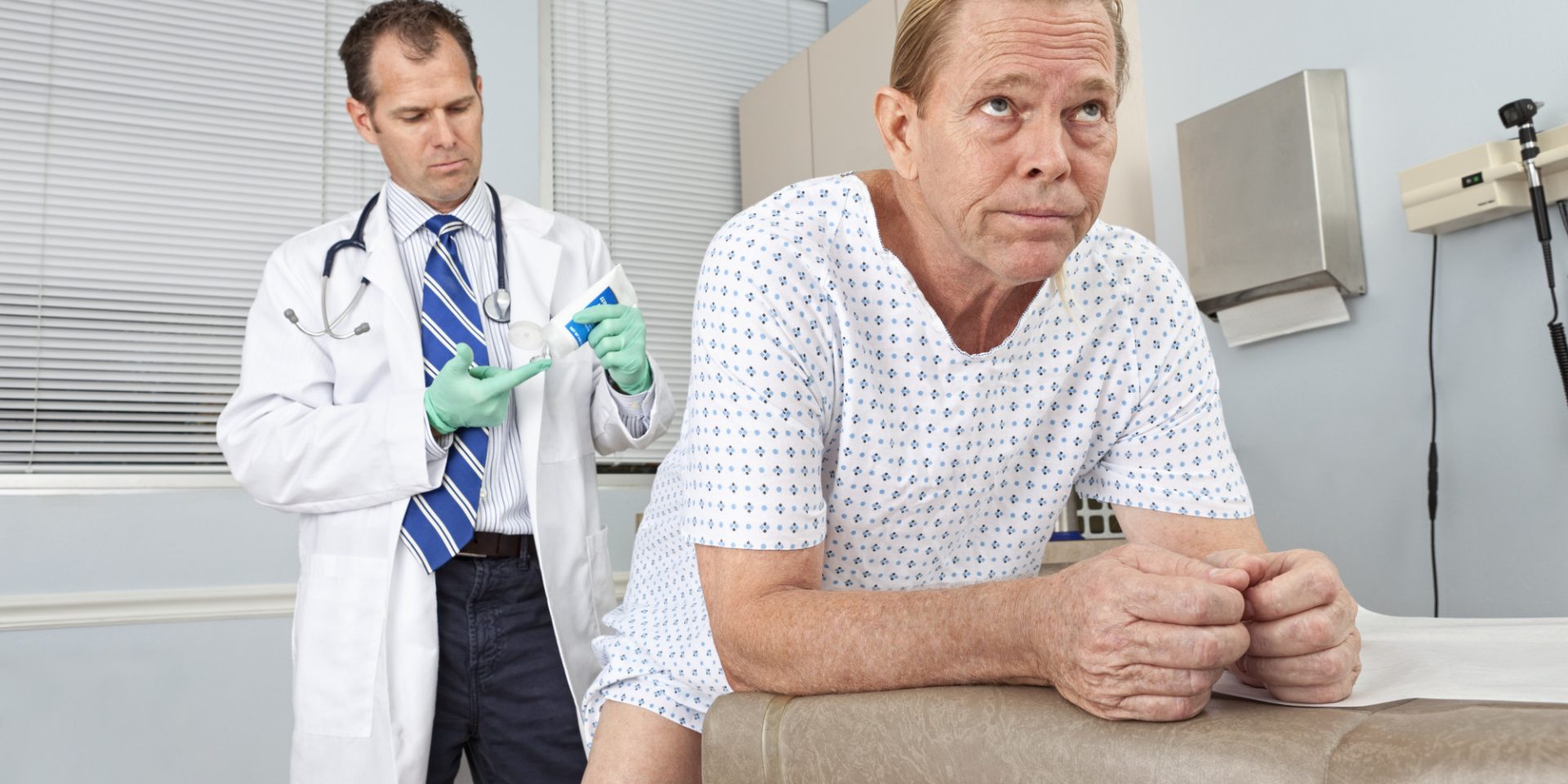










![11 Best Alternatives to Bedpage: Your Ultimate Guide [March 2024]](https://massage.dating/wp-content/uploads/2024/03/Best-Alternatives-to-Bedpage-300x200.jpg)







